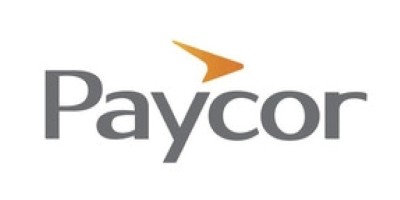QuickBooks and Xero are two of the best accounting and payroll software options for small businesses and large enterprises, respectively. We researched both tools extensively to help you determine the best one for your company. In this article, we list their core features, pricing, pros and cons, as well as the type of company they are suitable for.
Jump to:
Overview of QuickBooks and Xero

QuickBooks is an accounting software package developed and marketed by Intuit. Its products are geared mainly toward small and medium-sized businesses and offer on-premises accounting applications as well as cloud-based versions that accept business payments, manage and pay bills, and payroll functions.
For more information, read our in-depth QuickBooks review.
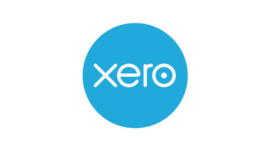
Xero is an online accounting software designed for mid-sized and large businesses. It helps businesses track expenses, manage invoicing, automate payments and manage inventory. It also provides access to a wide range of add-on applications from partners and third-party developers, including payroll, customer relationship management and point-of-sale solutions.
For more information, read our in-depth Xero review.
QuickBooks vs, Xero: Comparison table
To help you determine how both tools stack up, here is a head-to-head comparison chart featuring pricing and other capabilities.
| QuickBooks | Xero | |
|---|---|---|
| Best for | Small and midsize businesses | All business sizes |
| Starting price | $15 per month | $13 per month |
| Free trial | 30 days | 30 days |
| Year founded | 1983 | 2006 |
| Accessibility | Cloud-based | Cloud-based |
| Inventory management | Yes | Yes |
| Sales tax management | Yes | Yes |
| 1099 tracking and reporting | Yes | Yes |
| Mobile app | iOS and Android | iOS and Android |
| Payroll | Yes | Yes |
| Customer support | 24/7 online customer support with all plans | Limited |
| Multicurrency | Yes | Yes |
| Invoice templates | Yes | Yes |
| Integration with third-party apps | Yes — over 700 apps | Yes — over 1,000 apps |
| Track mileage | Yes | Yes |
| Number of users | Unlimited | 25 |
| Customer strength | Over 7 million customers | Over 3.5 million customers |
Featured Partners
1 OnPay
Payroll and HR that move you in the right direction. We give you everything you need to navigate payroll, HR, and benefits — so you can keep running your business smoothly.
Get your first month free, or join a demo to see everything we can do!
2 Workzoom
Timely, accurate payroll – in house! Workzoom is the all-in-one people management software that will help you confidently handle complexities with a simple pay process so you can spend less time journalizing pays and updating your G/Ls while remaining totally compliant.
3 Paychex
Paychex is a cloud-based payroll management system offering payroll, HR, and benefits management systems for small to large businesses. Paychex covers payroll and taxes, employee 401(k) retirement services, benefits, insurance, HR, accounting, finance and Professional Employer Organization (PEO).
QuickBooks vs. Xero pricing
Both QuickBooks and Xero offer tiered pricing, and the best plan for you is one that includes the features you need. Both platforms offer a 30-day free trial to enable new customers to try it out before making a purchase decision. Let’s see how both platforms stack up in terms of pricing.
QuickBooks Pricing
QuickBooks pricing varies depending on your country. The rates below are for United States customers. Buyers outside the U.S. may find the current QuickBook’s promotion of $1 per month for six months beneficial. (Figure A) On the other hand, U.S. customers get 50% off for three months.
Figure A
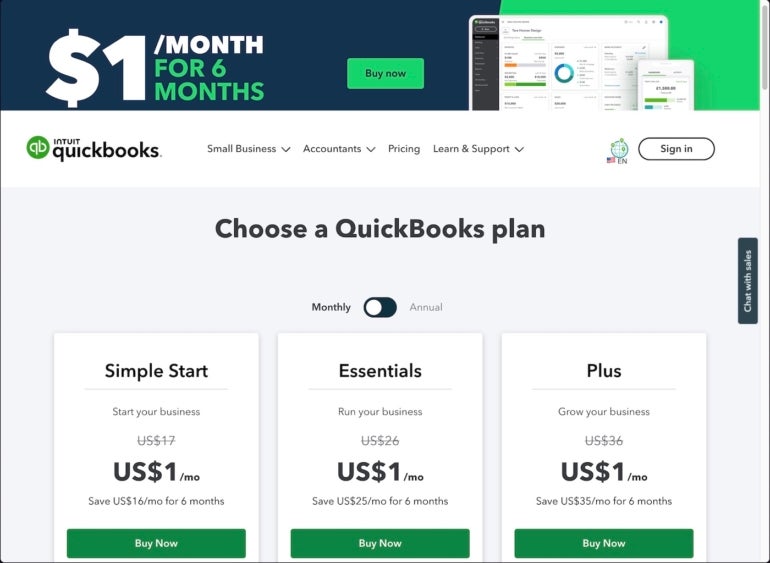
- Simple Starts: Promo price is $15 per month, and the standard price is $30 per month.
- Essential: Promo price is $27.50 per month, and the standard price is $55 per month.
- Plus: Promo price is $42.50 per month, and the standard price is $85 per month.
- Advanced: Promo price is $100 per month, and the standard price is $200 per month.
QuickBooks allows you to add payroll at an additional fee. The payroll plans also offer 50% off for the first three months.
- Payroll Core: Promo price is $22.50 per month, and the standard price is $45 per month, plus $5 per employee per month.
- Payroll Premium: Promo price is $37.50 per month, and the standard price is $75 per month, plus $8 per employee per month.
- Payroll Elite: Promo price is $62.50 per month, and the standard price is $125 per month, plus $5 per employee per month.
Keep in mind that QuickBooks discounts don’t apply to additional employees and state tax filing fees.
Xero pricing
Like QuickBooks, Xero pricing depends on your location (Figure B). The rates below are for U.S. buyers. To get the price and the best rates for you, scroll to the bottom of the Xero website, click on “region” and select your country. If your country is not listed, select Global.
- Early: $13 per month.
- Growing: $37 per month.
- Established: $70 per month
Figure B
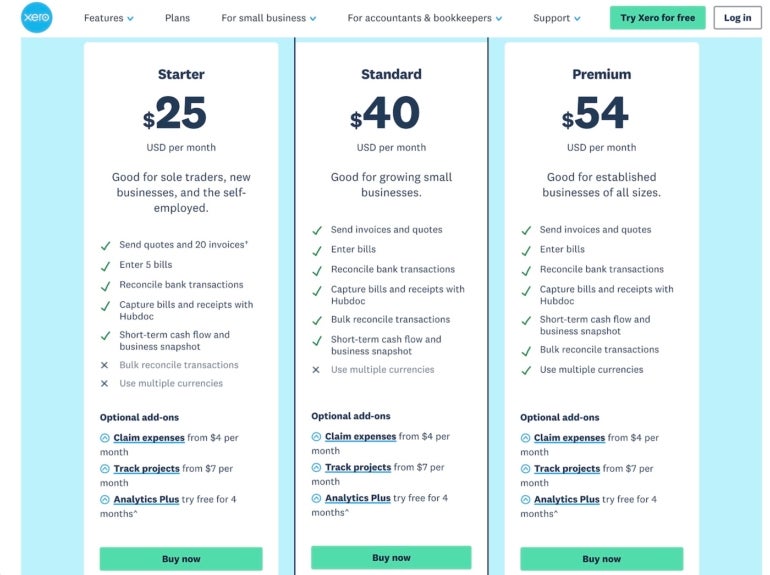
Xero integration with Gusto provides users with payroll capability, which enables them to calculate pay and deductions, pay employees and simplify compliance.
Feature comparison: QuickBooks vs Xero
Inventory management
Generally, software with inventory management capability helps businesses track and manage their inventory levels, orders, sales and deliveries, which includes controlling the amount of product in stock, reordering stock when necessary and organizing the storage of products. Both QuickBooks and Xero support inventory management (Figure C).
Figure C
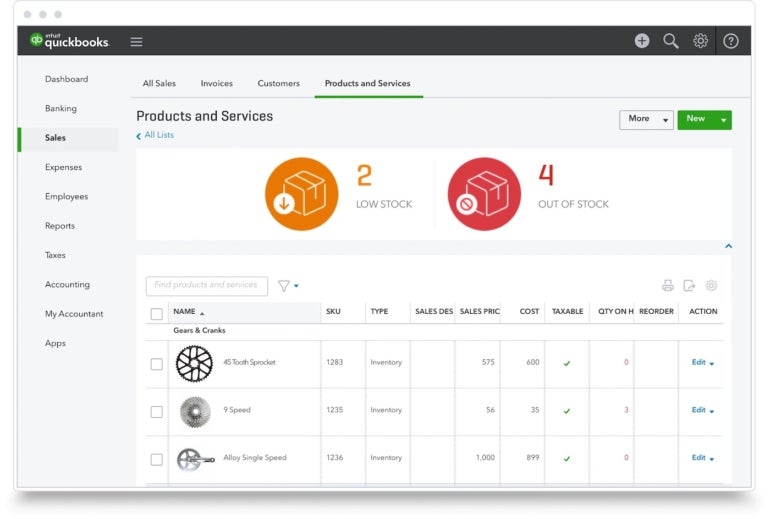
With QuickBooks, users can create purchase orders and manage vendors. It also allows businesses to track product inventory with three levels of location tracking (for instance, row, shelf, bin; section, area, pallet) as well as the cost of goods.
SEE: Discover how FreshBooks and QuickBooks Online compare.
QuickBooks sends out notifications when inventory is low to enable business to restock on time in order to meet customers’ demands. QuickBooks also allows users to import their data from Excel or sync with Amazon, Shopify and Etsy.
Key capabilities of QuickBooks inventory management are:
- Warehouse management.
- Order management.
- Barcode scanning.
- Cost tracking.
- Multi-level inventory categorization.
- Expiration dates.
- Automated inventory forecasting.
- Serial number tracking.
- Lot number tracking.
- Update inventory in real time with cycle count.
- Customizable inventory reports.
- Consolidate vendor information.
With Xero inventory management (Figure D), users can track up to 4,000 finished items, inventory levels, set reorder points and monitor stock on hand. Although Xero inventory management isn’t as robust as that of QuickBooks, it’s still a powerful tool for managing business inventory.
Figure D
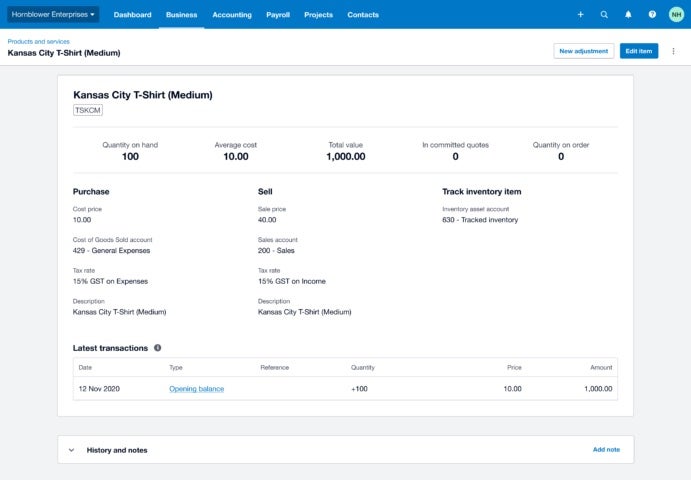
Key capabilities of Xero inventory management are:
- Monitor stock in real time.
- Track items in stock.
- See what’s selling.
- Add items to invoices.
- Import inventory details to a PDF or CSV file.
- Export inventory details from a PDF or CSV file.
- Adjust the quantity or value of items.
- Attach photos and contracts to items.
For this category, QuickBooks is the winner.
Customer support
Customer support is an important factor to consider when shopping for the best payroll software or accounting tool. Companies with efficient customer support provide technical support, product training, an extensive knowledge base and help users troubleshoot and resolve issues in the shortest possible time.
For this category, we rank Xero first due to its free 24/7 online customer support across all its plans. QuickBooks’ support is available Monday through Friday, 6 a.m. to 6 p.m. Pacific time and Saturdays, 6 a.m. to 3 p.m. PST. QuickBooks’ customers with issues may have to wait for business hours to get a resolution.
Generally, current and past users’ feedback from review sites shows that both platforms offer decent support services. However, their services are not foolproof, meaning they can still improve their offerings to serve the customers better.
Payroll capability
Both platforms offer payroll capabilities, but they differ in how they’re implemented. QuickBooks (Figure E) has a core payroll function built into its system, while Xero requires users to integrate with Gusto to handle payroll.
Figure E
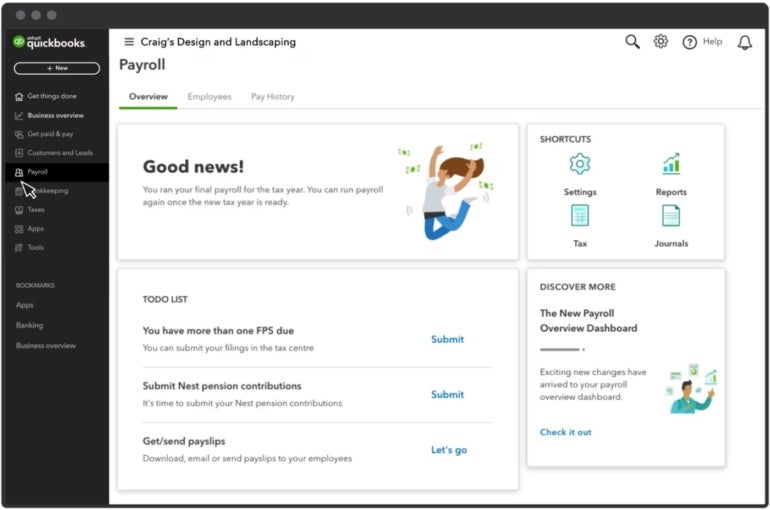
Those looking for an all-in-one accounting and payroll system may find QuickBooks a suitable choice. However, QuickBooks is generally more expensive than Xero and requires more setup time. Xero (Figure F) is an affordable option because the Gusto pricing plan starts at $40 per month plus $6 per month per person. QuickBooks payroll starting price after your first three months is $45 per month plus $5 per employee per month.
Figure F
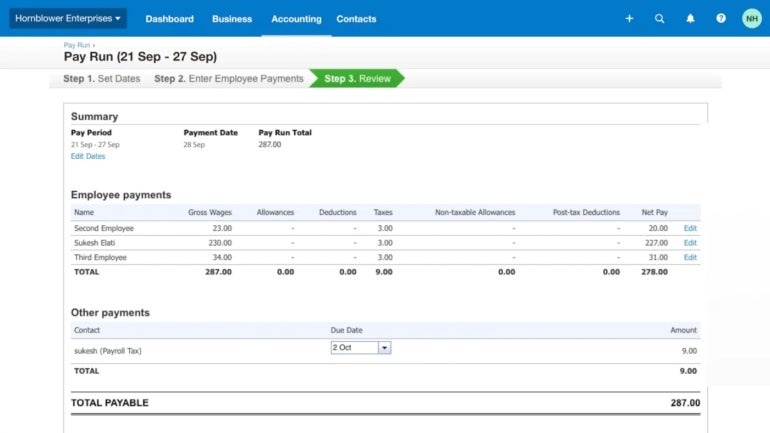
What you will get from QuickBooks basic plan (Payroll Core)
- Full-service payroll.
- Automated taxes and forms.
- Auto payroll.
- Health benefits for your team.
- 401(k) plans.
- 1099 e-file and pay.
- Expert product support.
- Next-day direct deposit.
What you will get from Gusto basic plan (Simple) after integrating it with Xero
- Full-service single-state payroll, including W-2s and 1099s.
- Employee profiles and self-service.
- Basic hiring and onboarding tools.
- Gusto-brokered health insurance administration.
- Employee financial benefits.
- Payroll and time-off reports.
- Custom admin permissions.
- Integrations for accounting, time tracking and expense management.
- Basic support.
If you’re looking for a complete accounting and payroll system, you may find QuickBooks suitable, but it is more expensive. Budget-conscious customers should consider Xero.
QuickBooks pros and cons
The QuickBooks accounting software is a popular choice for small and mid-sized businesses, but it has drawbacks. Here are some of the pros and cons of using QuickBooks.
Pros
- Popular and widely used.
- Tracks expenses, creates invoices and manages payroll.
- 30-day free trial.
- Extensive integration capability.
- 50% off online plans for the first three months.
- Great tool for small businesses and startups.
Cons
- More expensive than Xero.
- Limited to 25 users.
- Learning curve for new users.
- Limited customer support.
Xero pros and cons
While it has numerous advantages, there are a few drawbacks to consider before deciding if Xero is the right choice for your business.
Pros
- Supports unlimited number of users.
- 24/7 online support.
- Moderately priced and affordable compared to QuickBooks.
- 30-day free trial.
- All plans support unlimited users.
- Integrates with popular accounting, payroll and ecommerce systems.
Cons
- Multi-currency feature is only available for the Established plan.
- Steep learning curve.
- Quotes and invoices are limited to 20 for the entry-level plan.
Methodology
We evaluated the features, pricing and customer support offered by both QuickBooks and Xero. In addition, we gathered data about user reviews from third-party sites to learn about customers’ experience using both tools — what each tool does well, their limitations and what can be improved.
Should your organization use Quickbooks or Xero?
The best solution for your organization is the one that meets your business-specific needs.
Choose QuickBooks if:
- You’re a small business owner.
- You need feature-rich accounting software with built-in payroll.
- You need to track inventory and project profitability, manage bills and generate invoices.
- You need to track sales tax.
- You have between 1 and 25 users.
Choose Xero if:
- Your business is midsize or large.
- You want an unlimited number of users to access the tool.
- You need a multi-currency system.
- You need a streamlined invoicing process.
- You need to track expenses with ease.
- You want to integrate with many third-party applications.
Note that the best solution for you depends on your organization’s needs and preferences. We recommend trying both tools for free for 30 days before settling for one. If neither tool meets your needs, we welcome you to explore our comprehensive reviews of the best payroll software for small businesses or our top-rated payroll software for enterprises.
Featured Partners
1 OnPay
Payroll and HR that move you in the right direction. We give you everything you need to navigate payroll, HR, and benefits — so you can keep running your business smoothly.
Get your first month free, or join a demo to see everything we can do!
2 Workzoom
Timely, accurate payroll – in house! Workzoom is the all-in-one people management software that will help you confidently handle complexities with a simple pay process so you can spend less time journalizing pays and updating your G/Ls while remaining totally compliant.
3 Paychex
Paychex is a cloud-based payroll management system offering payroll, HR, and benefits management systems for small to large businesses. Paychex covers payroll and taxes, employee 401(k) retirement services, benefits, insurance, HR, accounting, finance and Professional Employer Organization (PEO).
4 Paycor
Payroll can be a time-consuming, administrative task for HR teams. Paycor’s solution is an easy-to-use yet powerful tool that gives you time back in your day. Quickly and easily pay employees from wherever you are and never worry about tax compliance again. Key features like general ledger integration, earned wage access, AutoRun, employee self-service and detailed reporting simplify the process and help ensure you pay employees accurately and on time.
Source of Article



